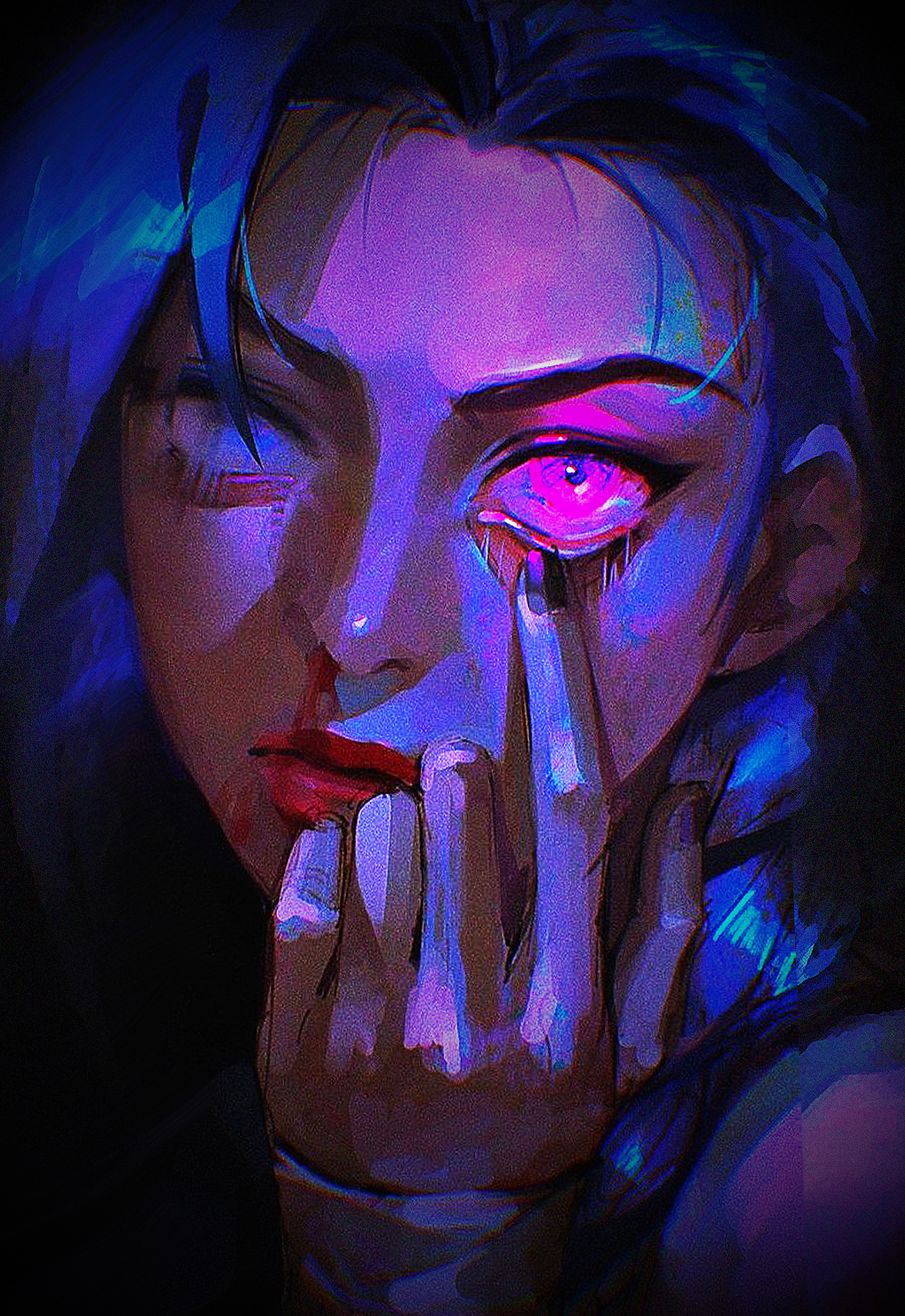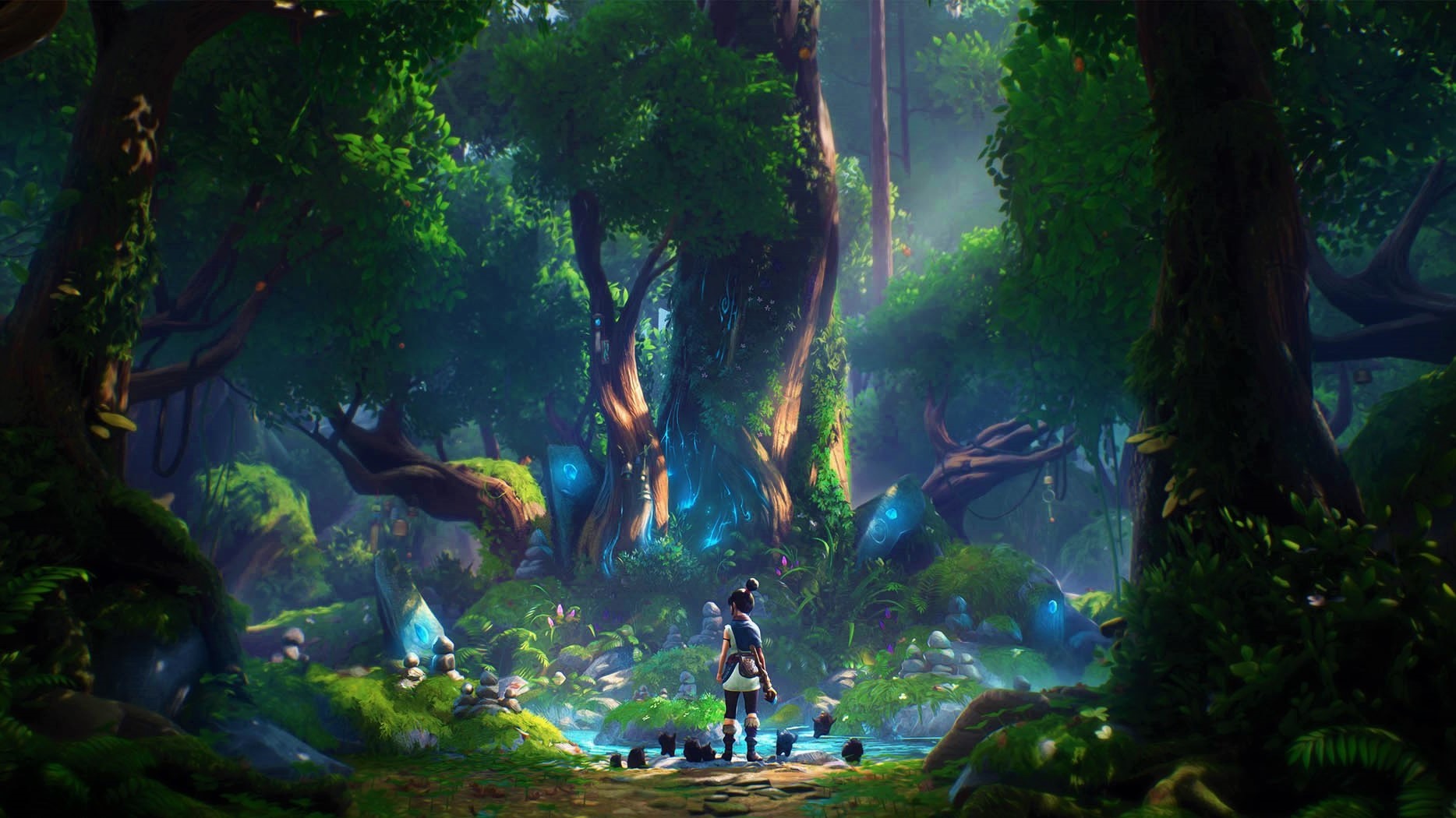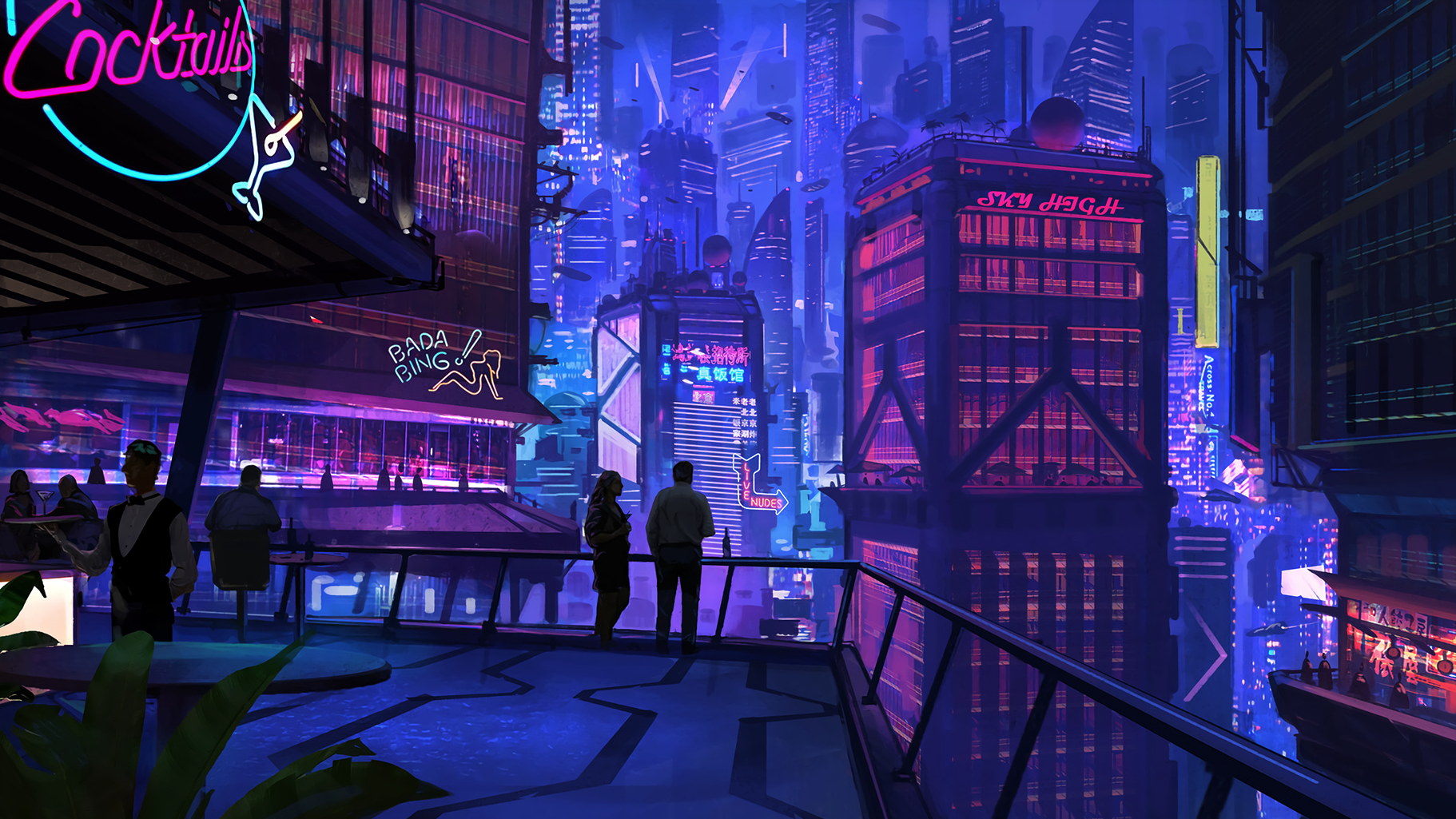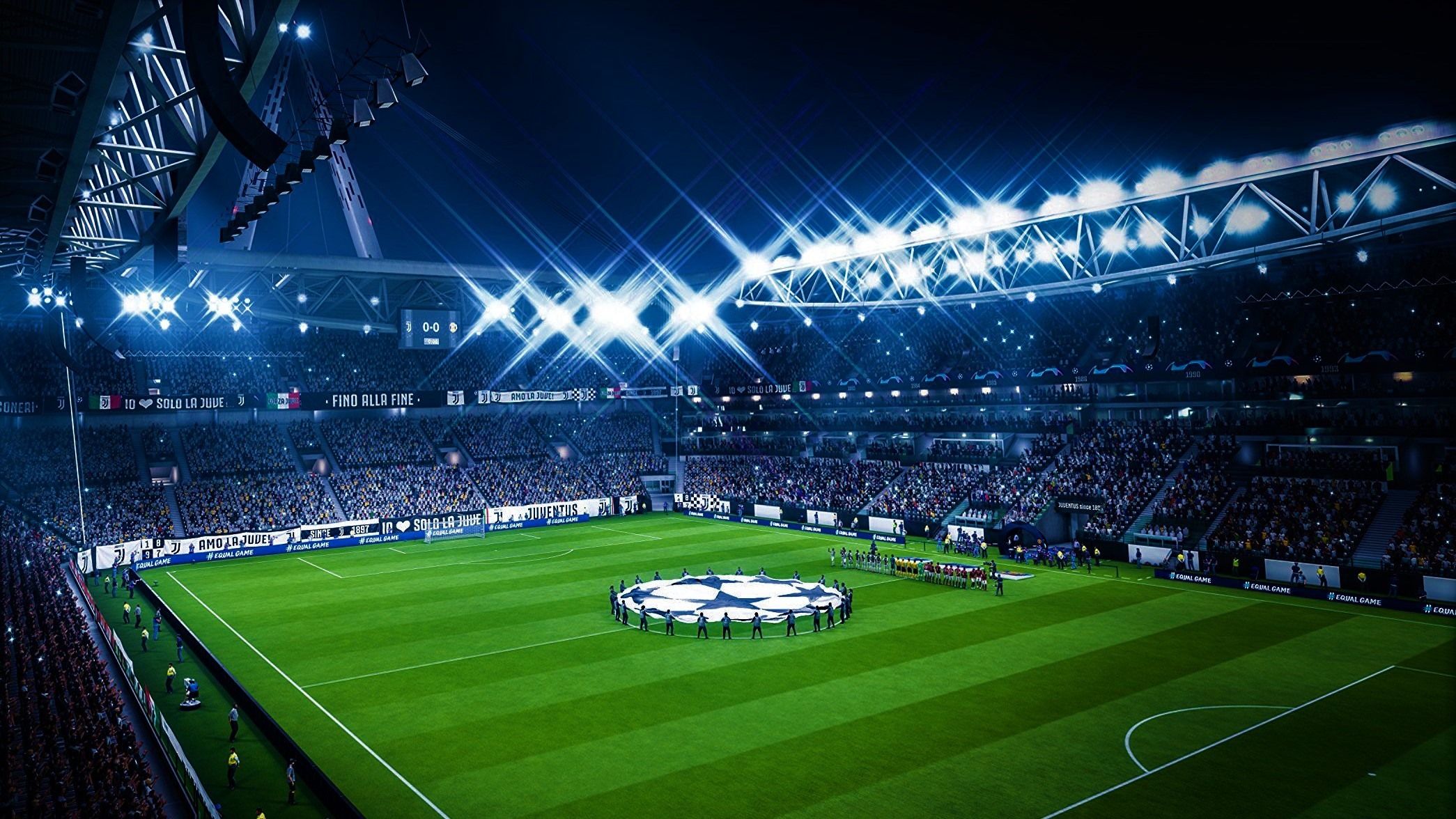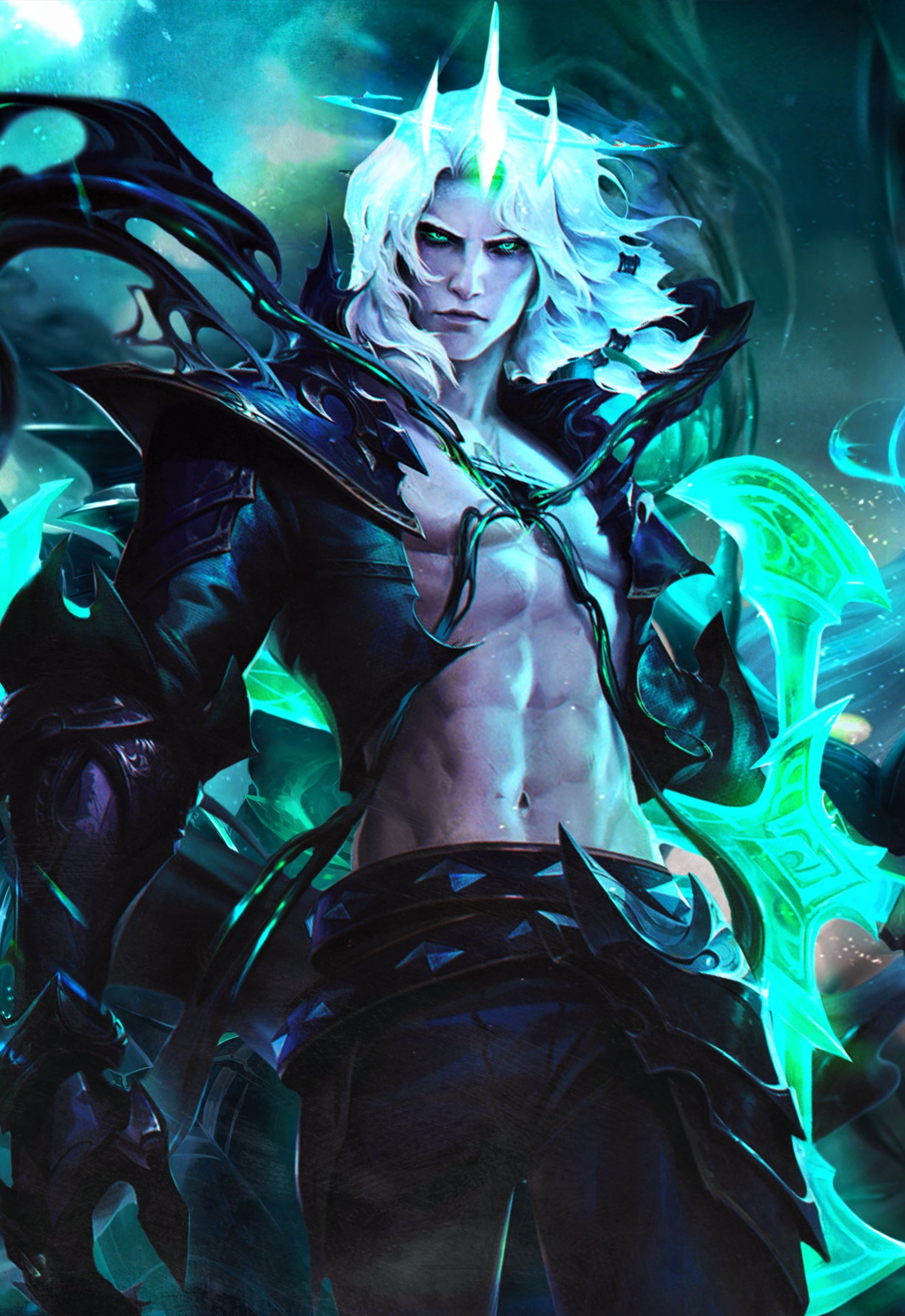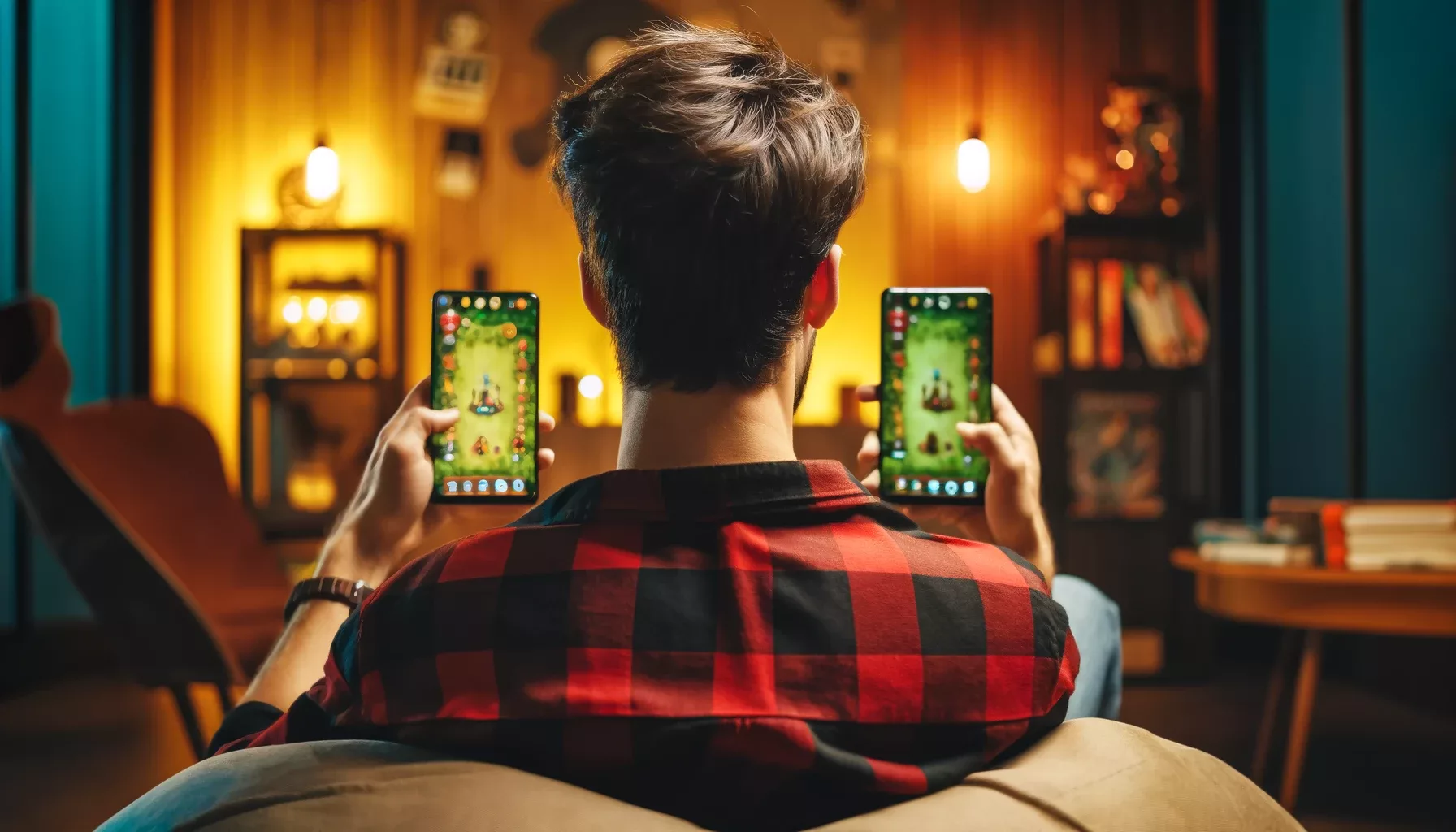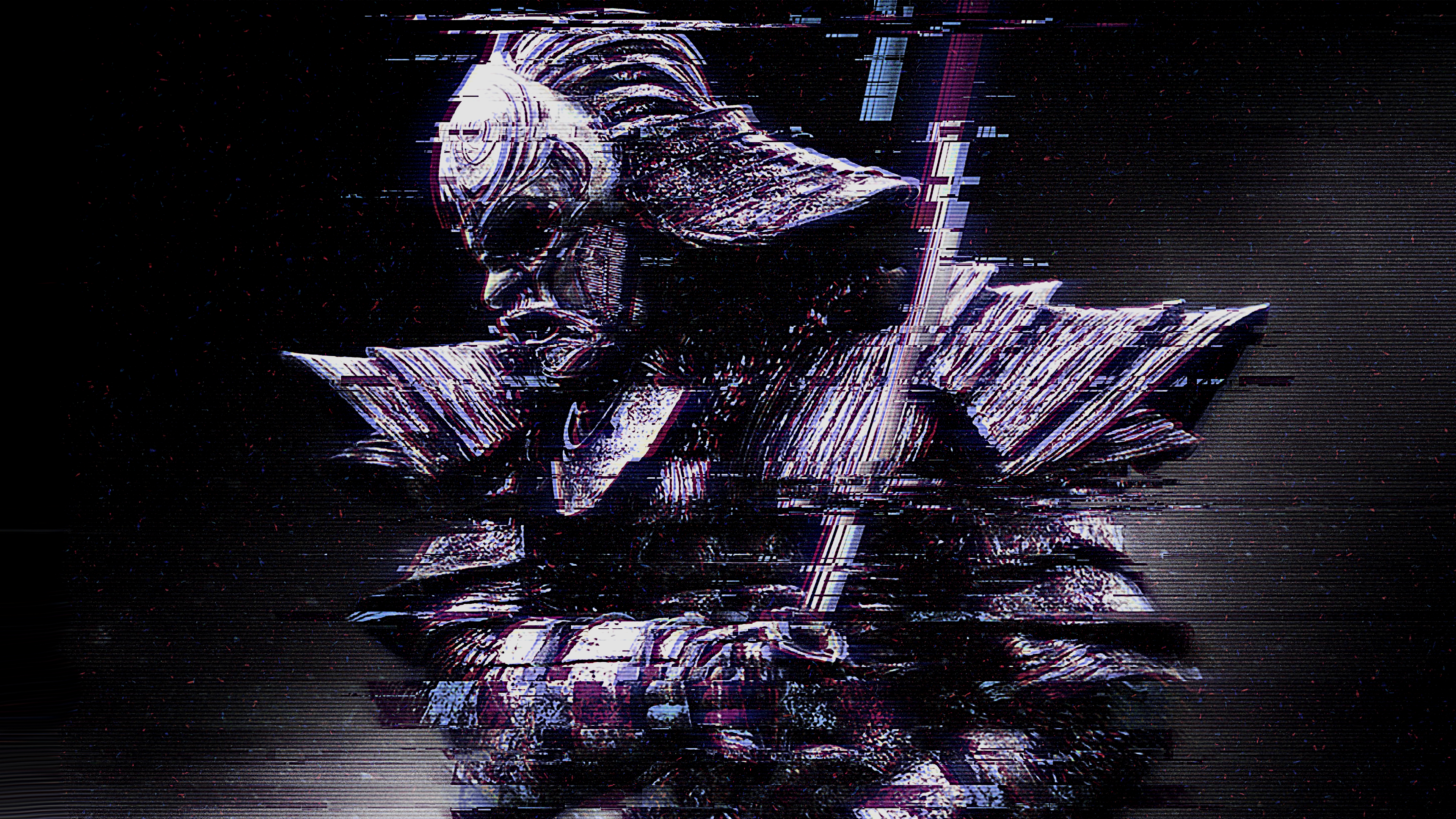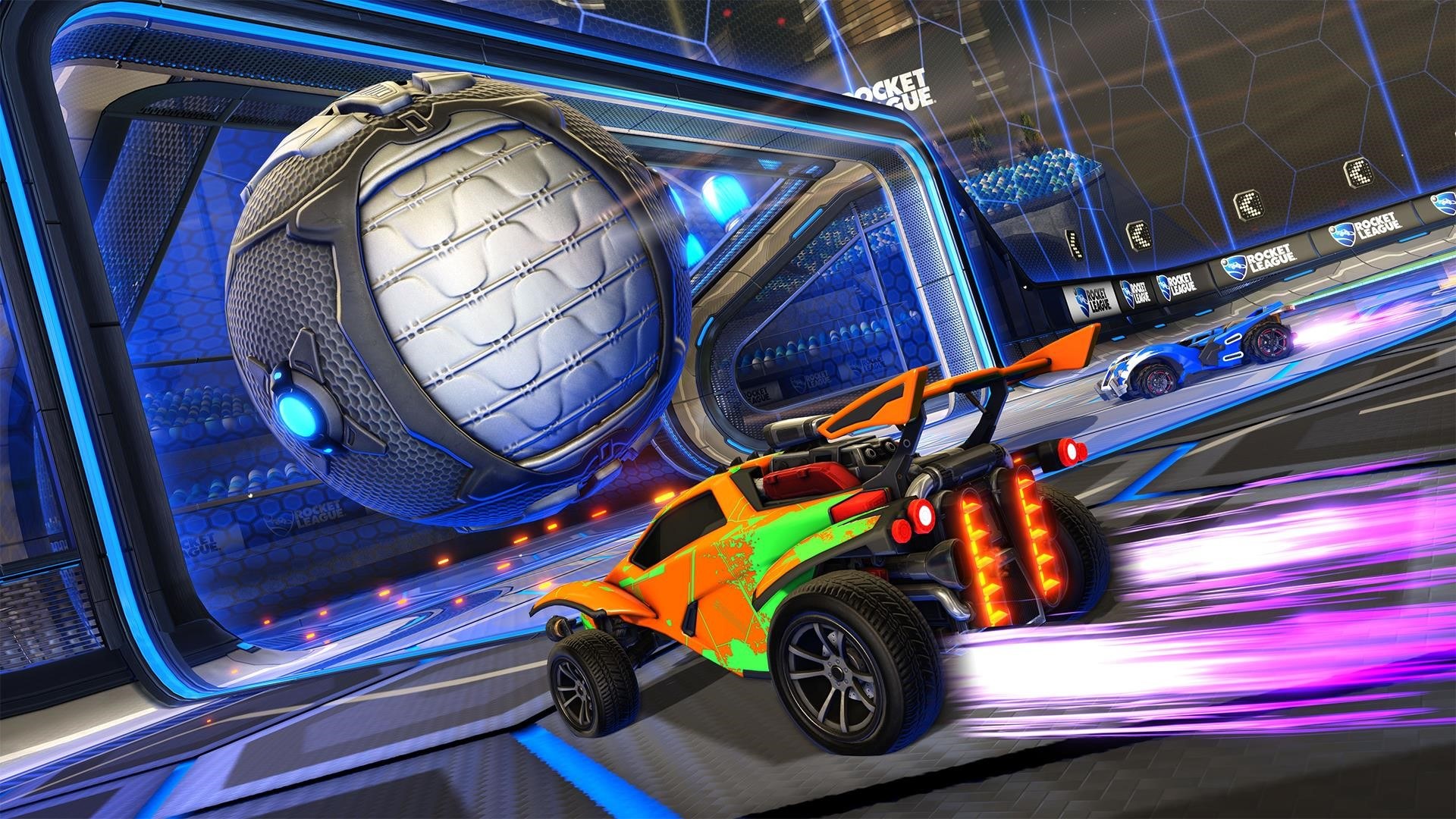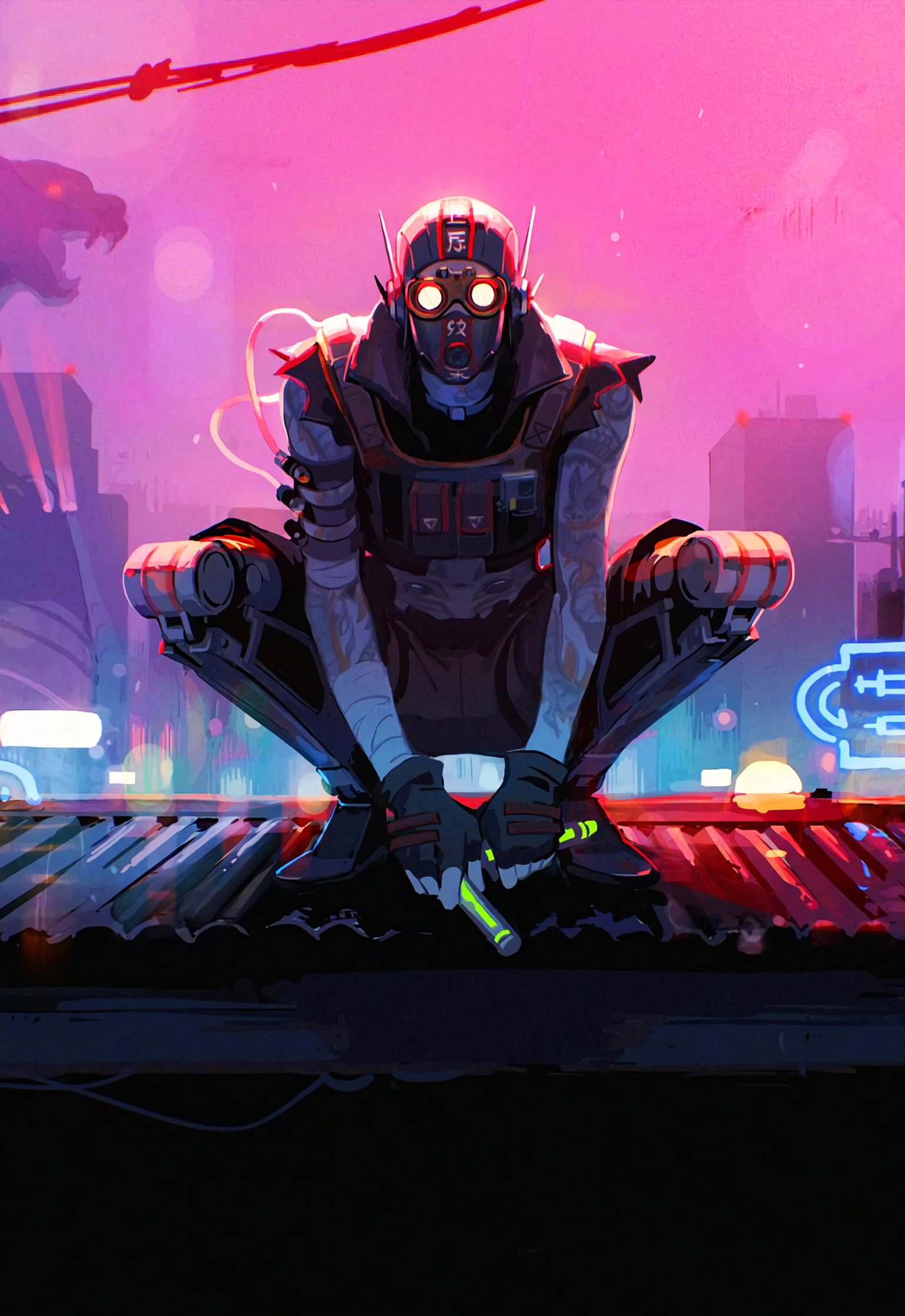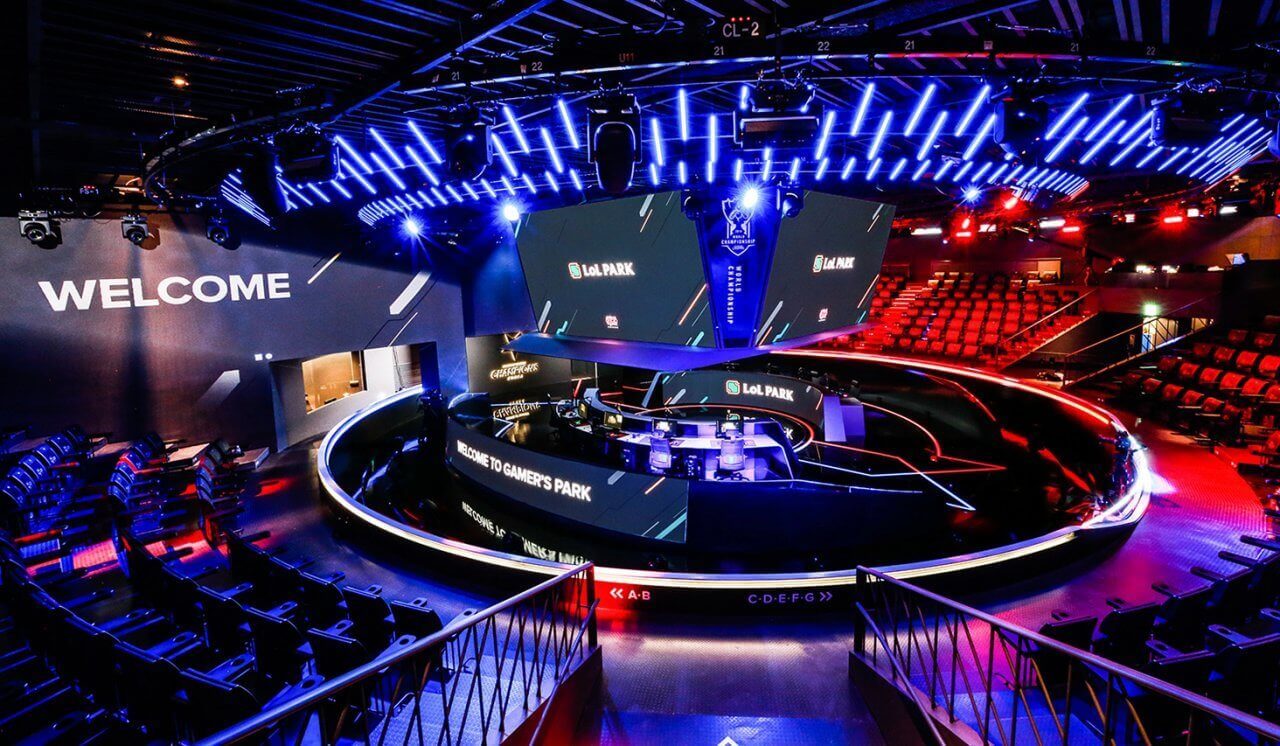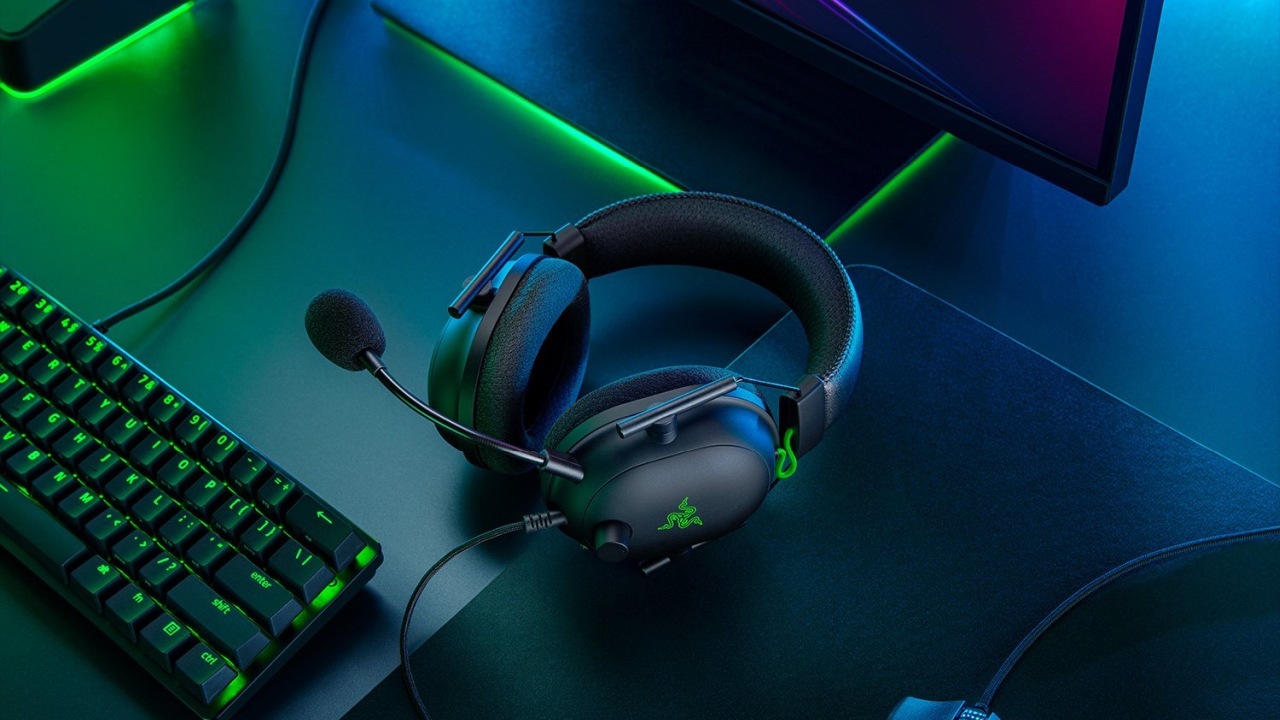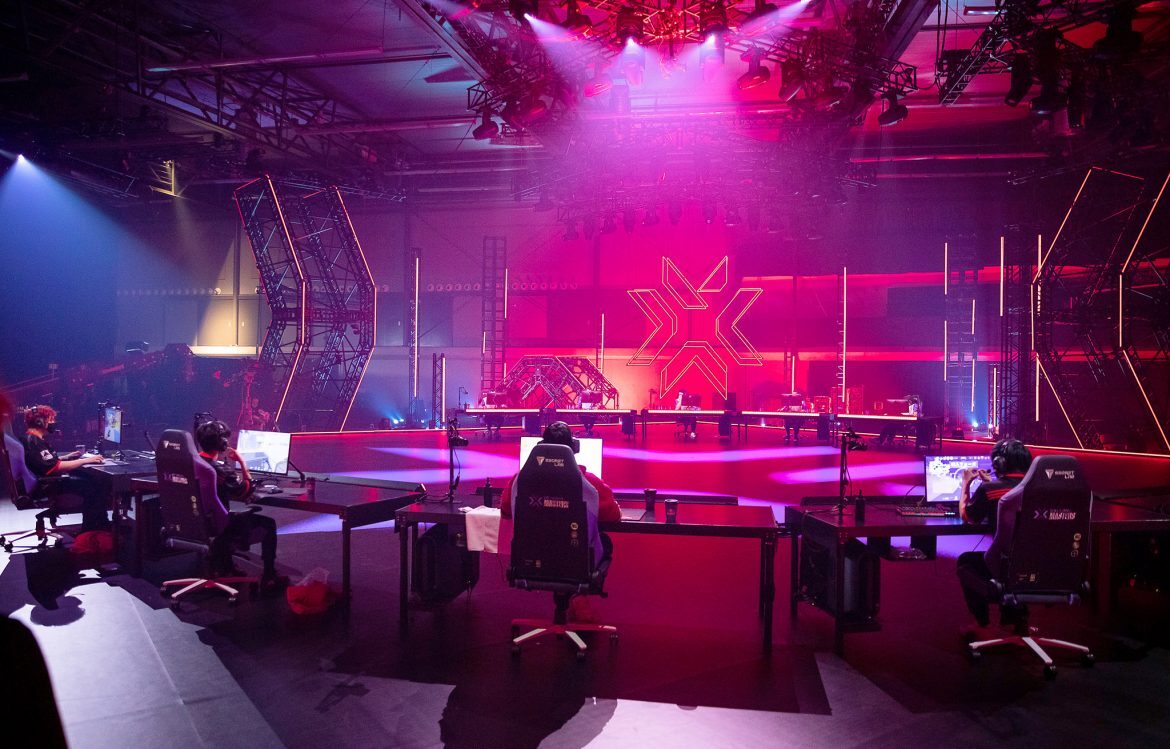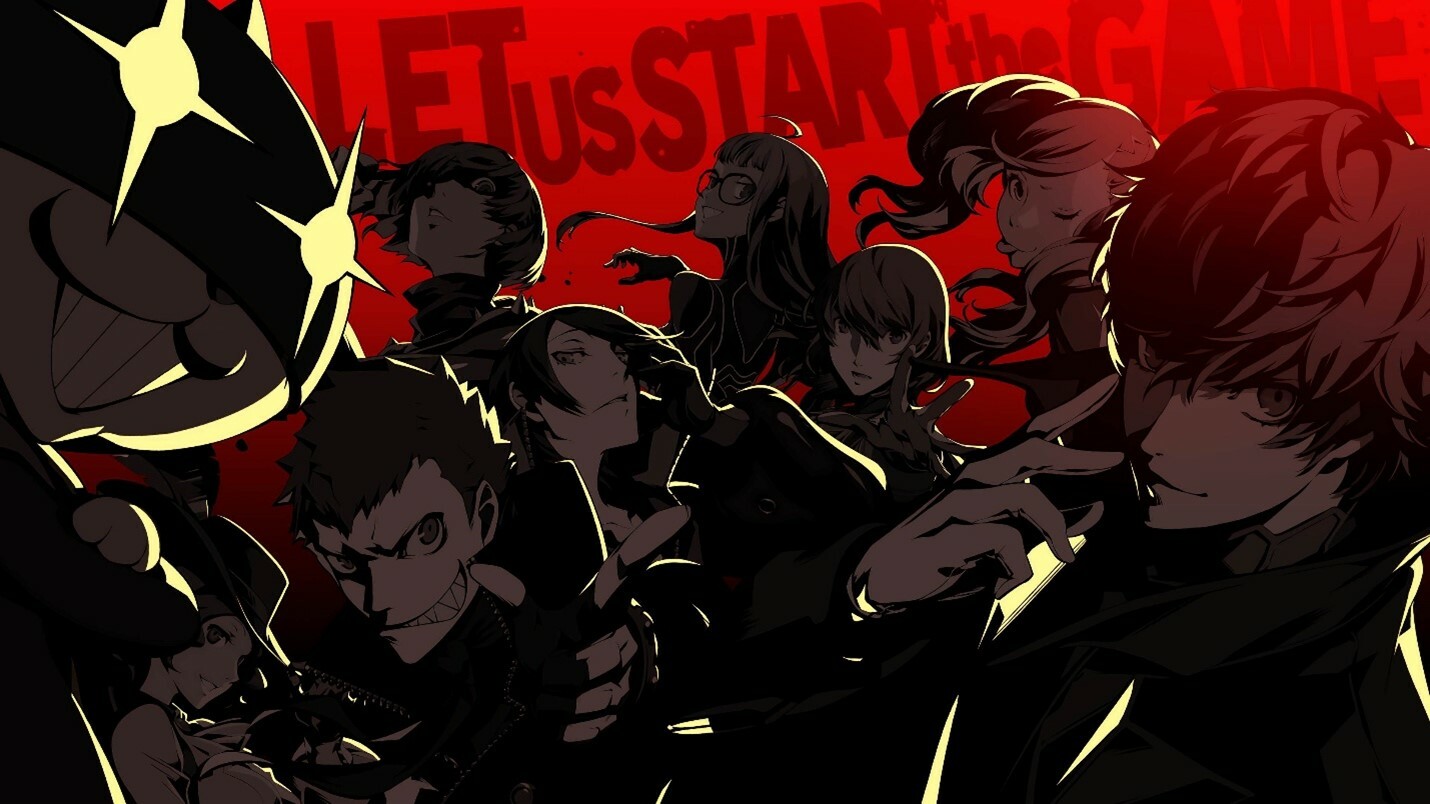Persona 5 has gotten a lot of spinoffs at this point, and Atlus have decided to make nearly all of them "canon" for some reason. But what does that mean, exactly? That's what we're here to find out!

With the recent release of Persona 5 Tactica , Persona 5 now has 4 spinoffs to its name and yet another one on the horizon. And Atlus, in their infinite wisdom, have made nearly all of them technically canon in the series' timeline, but not given us many concrete dates to work with. So fans of the series are left to figure out the exact series timeline for themselves – with varying levels of success:
comprehensive P5 timeline to further confuse you pic.twitter.com/YhfSjAWsSh
— G20D (@gimmie20dollas) November 22, 2023
So what is actually going on with the Persona 5 canon? Let's just work our way through the games one by one and see what our timeline ends up looking like. A small warning first, though: I will try to avoid spoiling anything specific for the games, but if you want to go into the series completely blind you might want to hold off on reading this article until you've done that.
So, to anyone bowing out at this point, see you later! To anyone sticking around, let's get started!
Persona 5 Timeline Explained: Which Game Happened When?
Persona 5
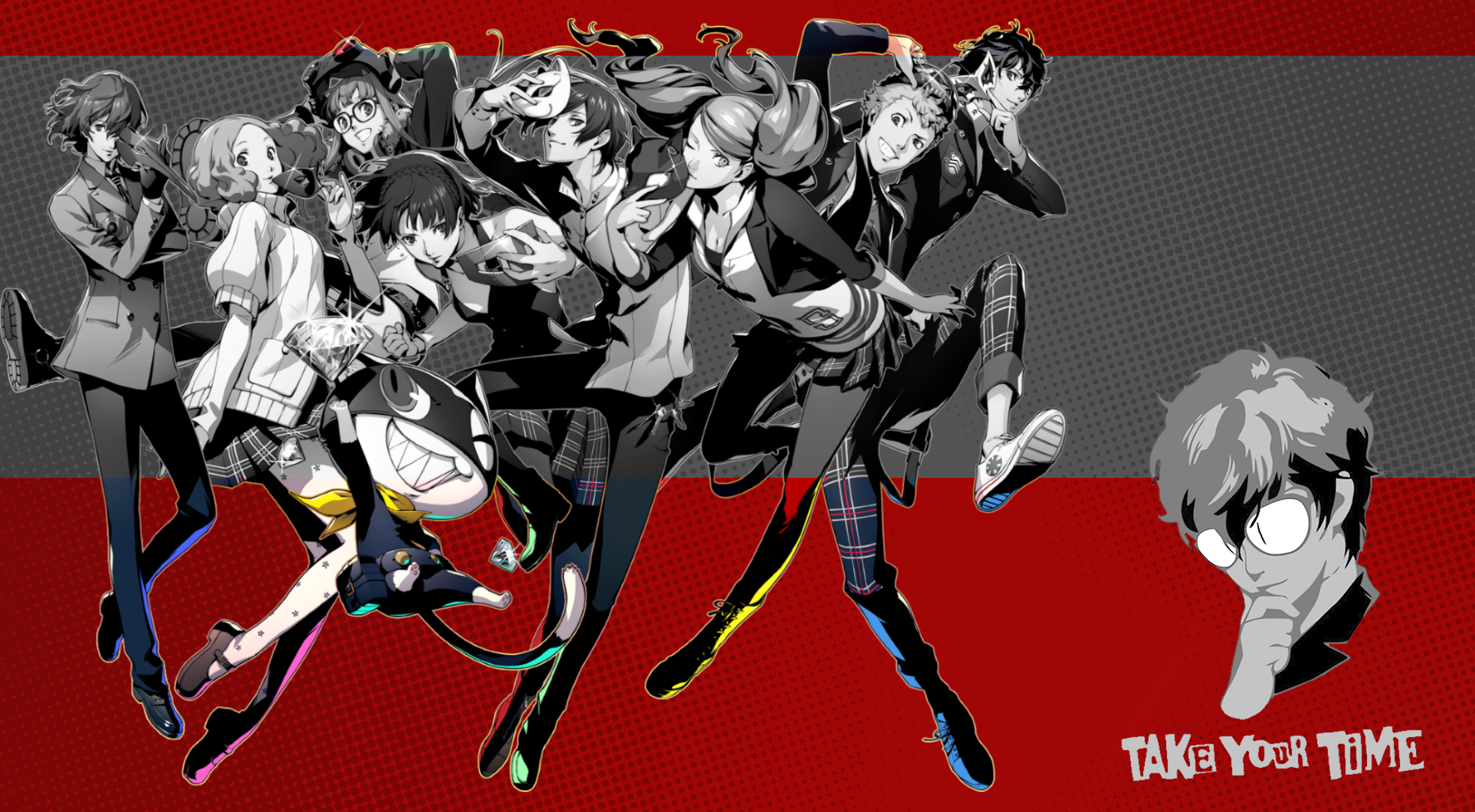
First, we need a frame of reference, and Persona 5 is the most obvious choice.
The game's plot takes place in "20XX", which could in theory be any year of this century, but in reality all signs point to it actually being 2016. The game originally came out in that year, the calendar matches it perfectly and certain cameo characters' ages don't make sense otherwise.
So Persona 5 takes place between April of 2016 and March of 2017. A nice, simple starting point, right?
Wrong.
Persona 5 Royal
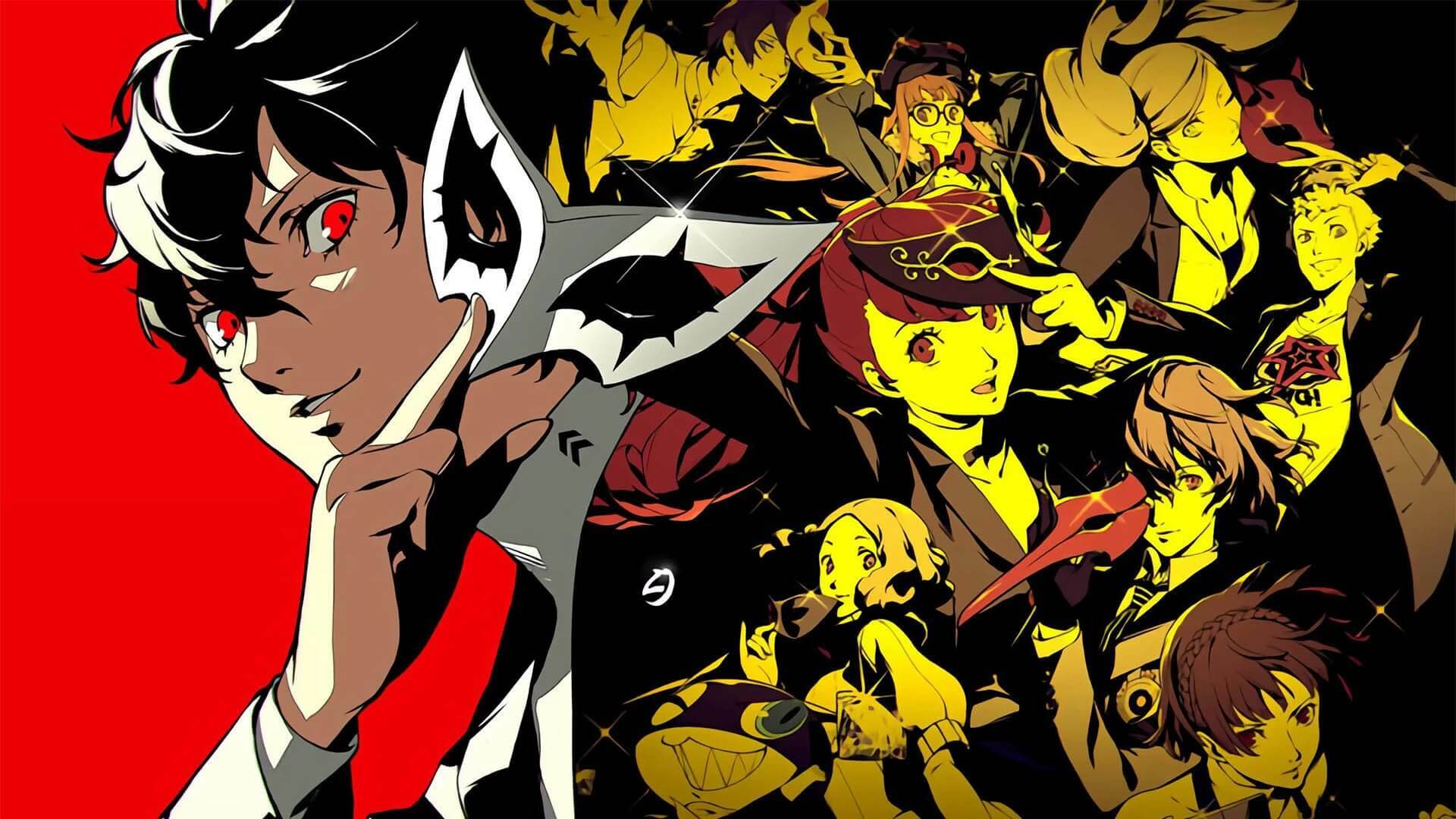
Persona re-releases are notorious for screwing with canonicity a fair amount, and Persona 5 Royal is no different. Much like Persona 4 Golden, Royal could be called "revisionist history" considering how much it alters the events of the original game.
Two characters that were completely absent in P5, Maruki and Yoshizawa, suddenly play a major role throughout Royal's plot and there is a whole third act that the original game just skipped over.
So, between P5 and Royal, which one is actually canon? Well, it really depends on what you define as "canon".
Royal is in a kind of quantum state of being canon (a Schrödinger's Canon, if you will), where most of the spinoffs neither acknowledge nor contradict it directly. It does create some awkward meta-narrative tension where relevant characters and events from Royal really should at least come up in conversation in some spinoffs, but at least there's plausible deniability.
So what does all this mean for our timeline? Technically we could split Royal off into its own parallel universe and attach the spinoffs everywhere they fit, but that would be a giant headache. So let's just agree to treat P5 and Royal as the same game for now and add a note if one of the spinoffs disagrees. Sounds good? Good.
Alright, with all that out of the way, let's finally get started on the actual spinoffs in the order they released in!
Persona 5: Dancing in Starlight
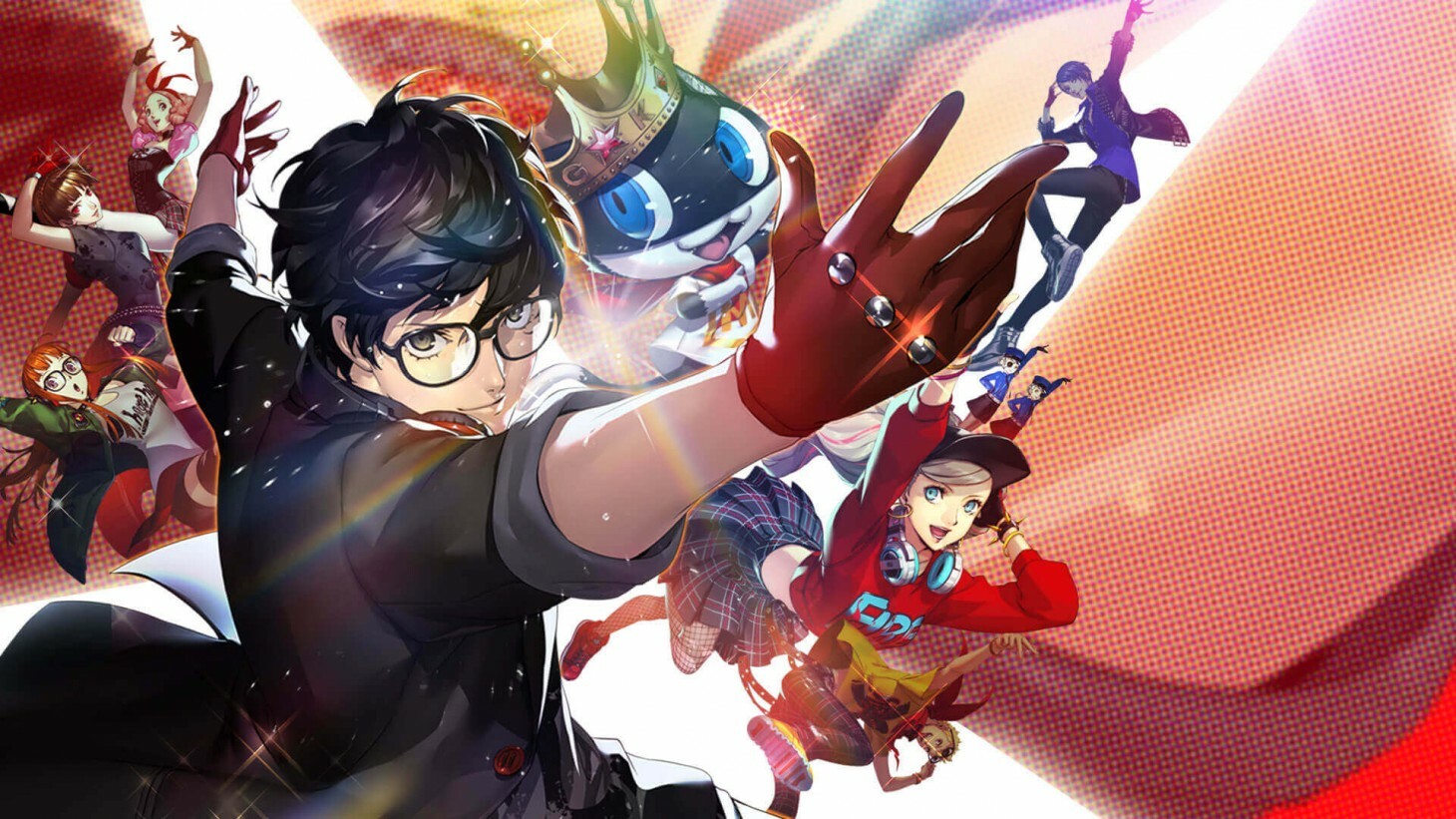
Yes, the rhythm game is canon. Yes, I know it's ridiculous, complain to Atlus about it.
Although "canon" is stretching the definition a bit here again. The plot of the game is basically that the cast of Persona 5 has been summoned to the Velvet Room to have an overnight dance-off with the cast of Persona 3. Everyone has their memories wiped afterward and the whole thing is never mentioned again. So Persona 5: Dancing in Starlight is very literally irrelevant to the rest of the series.
That said, if we wanted to (and we do, that's what we're here for), we could slot the game's events into a loose timeframe on our timeline:
Where does this game fit into the timeline? Between December 25, 2016, and March 20, 2017. There is dialogue with the Velvet Room attendants Caroline and Justine that implies that this overnight dance party takes place after the final boss fight in Persona 5, but before the end of the game's story.
Which Persona 5 is canon to this game? Both, technically. This game came out before Royal, so it obviously doesn't acknowledge it in any way, but it doesn't really contradict Royal either.
Persona Q2: New Cinema Labyrinth
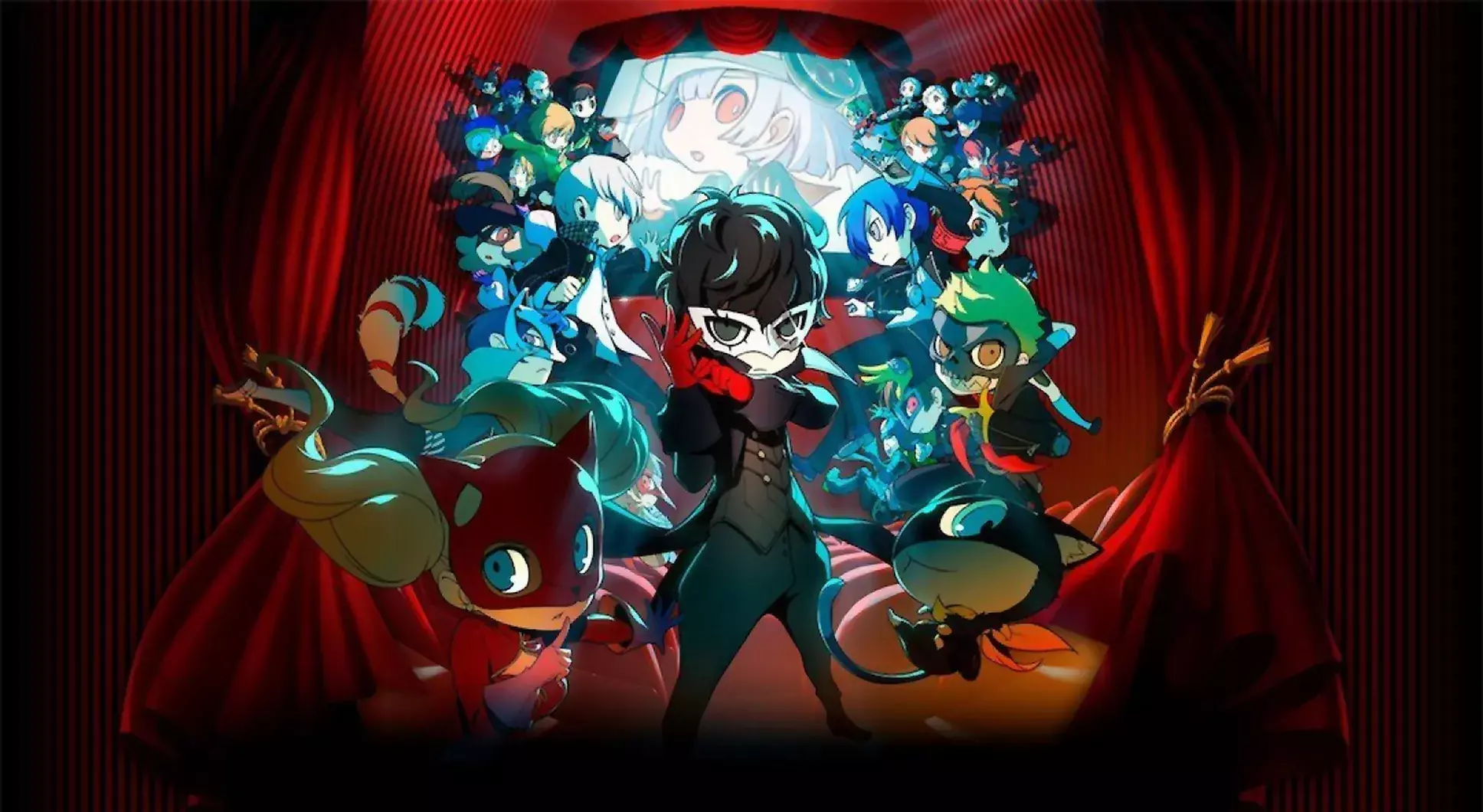
Technically this Etrian Odyssey-like is a spinoff of Persona 3, 4 and 5 at the same time, but since it's styled like a P5 game and prominently features P5 characters, a strong case can be made for calling it a P5 spinoff, so we're putting it in the timeline.
This is another spinoff where the Phantom Thieves are sucked into a parallel universe removed from space and time for a single day, and it isn't acknowledged in the series at all afterward, so its actual canonicity is debatable. But it does still have a plausible time frame it could've happened in!
Where does this game fit into the timeline? During Persona 5, between October 29 and November 20. This spinoff features a certain playable character that only joins the P5 party during this time frame and will be extremely unavailable for further cooperation afterward. So it's safe to say that PQ2 can only have happened at some point in this month-long time span.
Which Persona 5 game is canon to this game? Both. This game takes place during a period of P5 that is mostly identical in Royal, and it doesn't contradict Royal at any point, so a case can be made for both.
Persona 5 Strikers
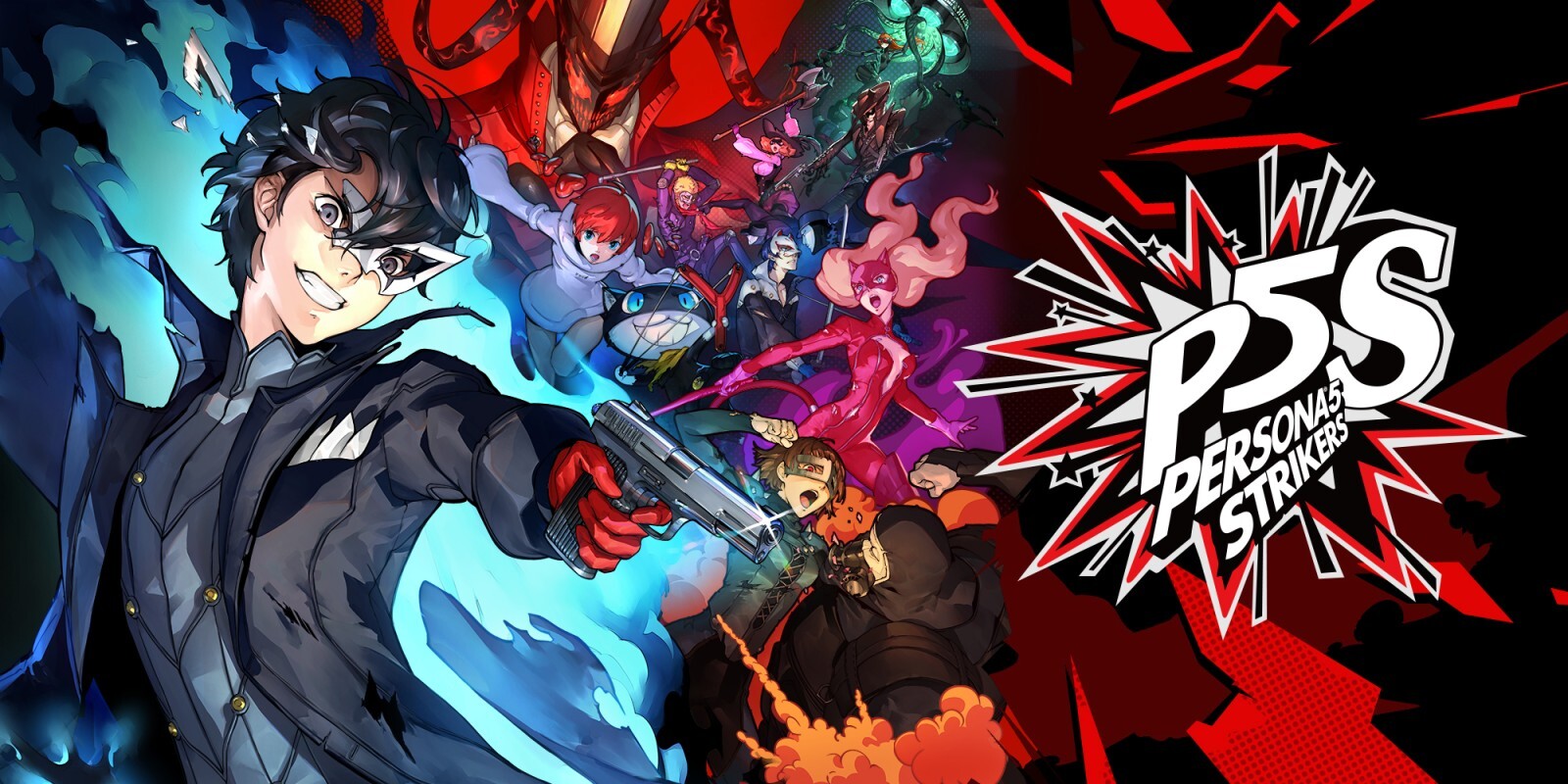
Finally, some clarity for our timeline! Persona 5 Strikers is explicitly a direct sequel set a few months after the events of Persona 5 and sends Joker and his friends on a month-long road trip across Japan. You could argue that all the Phantom Thieves still having their base Personas in this game contradicts your specific playthrough of P5 or Royal, but let's not start splitting hairs here.
Where does this game fit into the timeline? After Persona 5, between July 24 and August 28 of 2017. No need for speculation here, the game has its own calendar and everything.
Which Persona 5 game is canon to this game? Both... probably? This part is a bit fuzzy. Strikers was in development before Royal's release, so the development teams could have theoretically shared information, yet the game doesn't acknowledge Royal at all. But Royal's characters also have alibis for not being involved. But there are some character inconsistencies between Royal and Strikers. Those can also easily be handwaved away, though? Basically, it's a mess, let's not worry too much about it.
Persona 5 Tactica
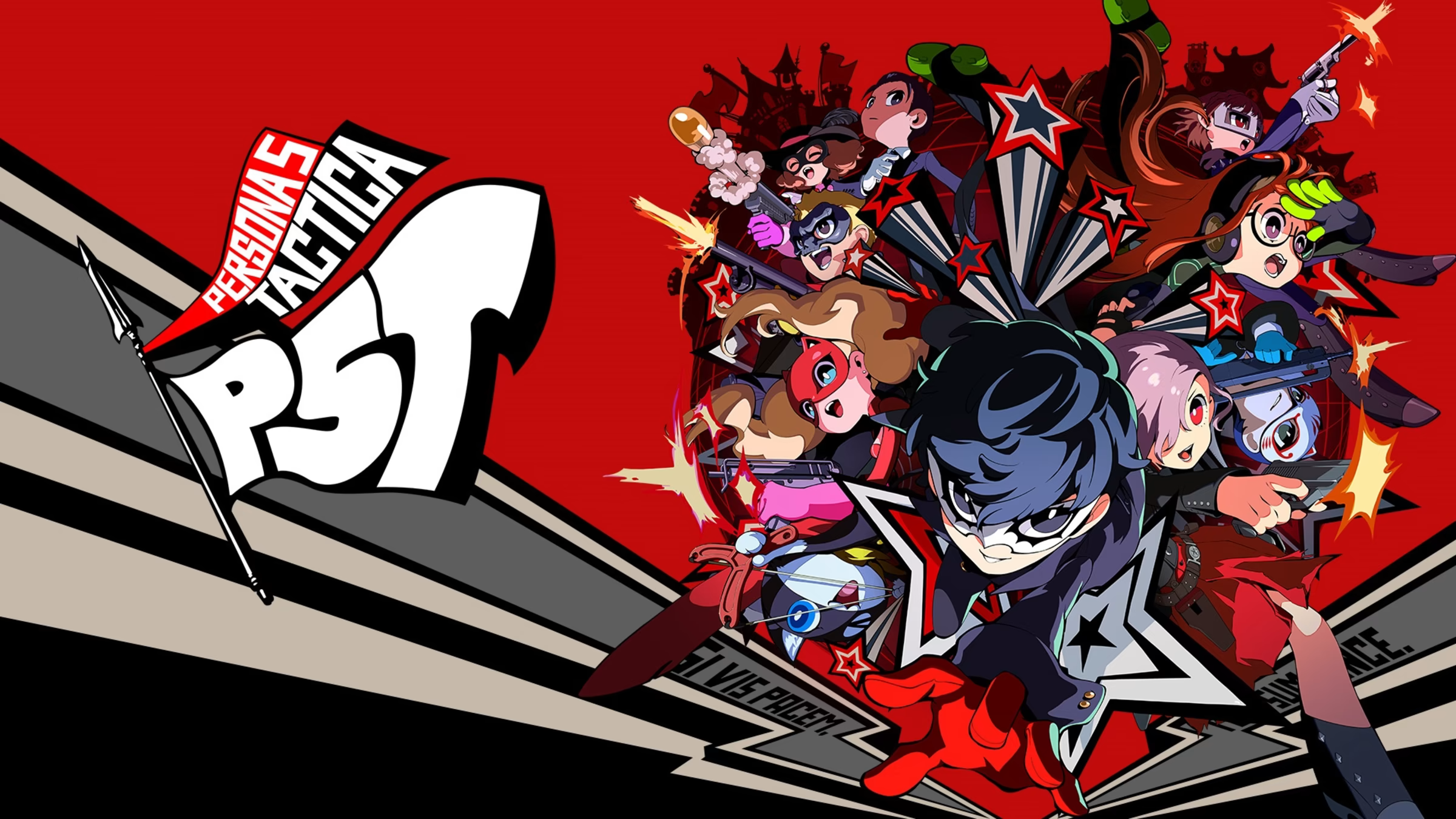
Persona 5 Tactica is a bit weird. Weirder than usual, I mean. It's yet another spinoff where the gang has an isekai adventure in another dimension and never mentions it again afterward, and it plausibly fits into the events of Persona 5. But despite all that, the game's producer, Atsushi Nomura, has gone on record saying that it's not actually canon:
The story will be a selection of points throughout in the Persona 5 timeline, told in a new way. If the original Persona 5 is a serialized drama that depicted a long period of time, Persona 5 Tactica is like a theatrical version that condenses it into a single event, told from a fresh perspective. It’s not a canon new story in the Persona 5 timeline, but a fascinating retelling.
This... does not match my impression of the story at all. Tactica isn't a "retelling" of Persona 5, it very clearly has its own story to tell, and it does so in a narrative framing that's careful to not directly contradict or interfere with Persona 5's plot.
So I don't know about you, but personally I'm inclined to "Death Of The Author" this quote and treat the game the same as every other spinoff. And by that I of course mean putting it in a vague time frame on a timeline that ultimately does not matter because Strikers is the only Persona 5 game with any kind of direct continuity.
Another weird detail about this game is that the Thieves don't lose their memories after this one, so it's implied that the events of the game just... don't come up in conversation ever again? Despite them having worked closely together with a prime minister candidate, which should have been relevant during the Thieves' dealings with the Japanese police force in Strikers?
Actually, let's just not worry about it.
Where does this game fit into the timeline? During Persona 5, between December 25 and March 20. In the game's intro cutscene it's snowing, the characters mention graduation coming up for the seniors among them, and P5's final boss is referenced a few times. But Joker hasn't left Shibuya yet, so this is the only time frame that makes sense.
Yes, this time frame is identical to Dancing in Starlight's. No, I don't know which one happened first. Flip a coin over it if you like!
Which Persona 5 game is canon to this game? Both probably, but Royal moreso than Persona 5. There's a line by Ryuji at one point that could be referring to a character from Royal, but it's pretty blink-and-you-miss-it and can be handwaved away as Ryuji being Ryuji, so it's up to you to decide.
Persona 5 Tactica: Repaint Your Heart
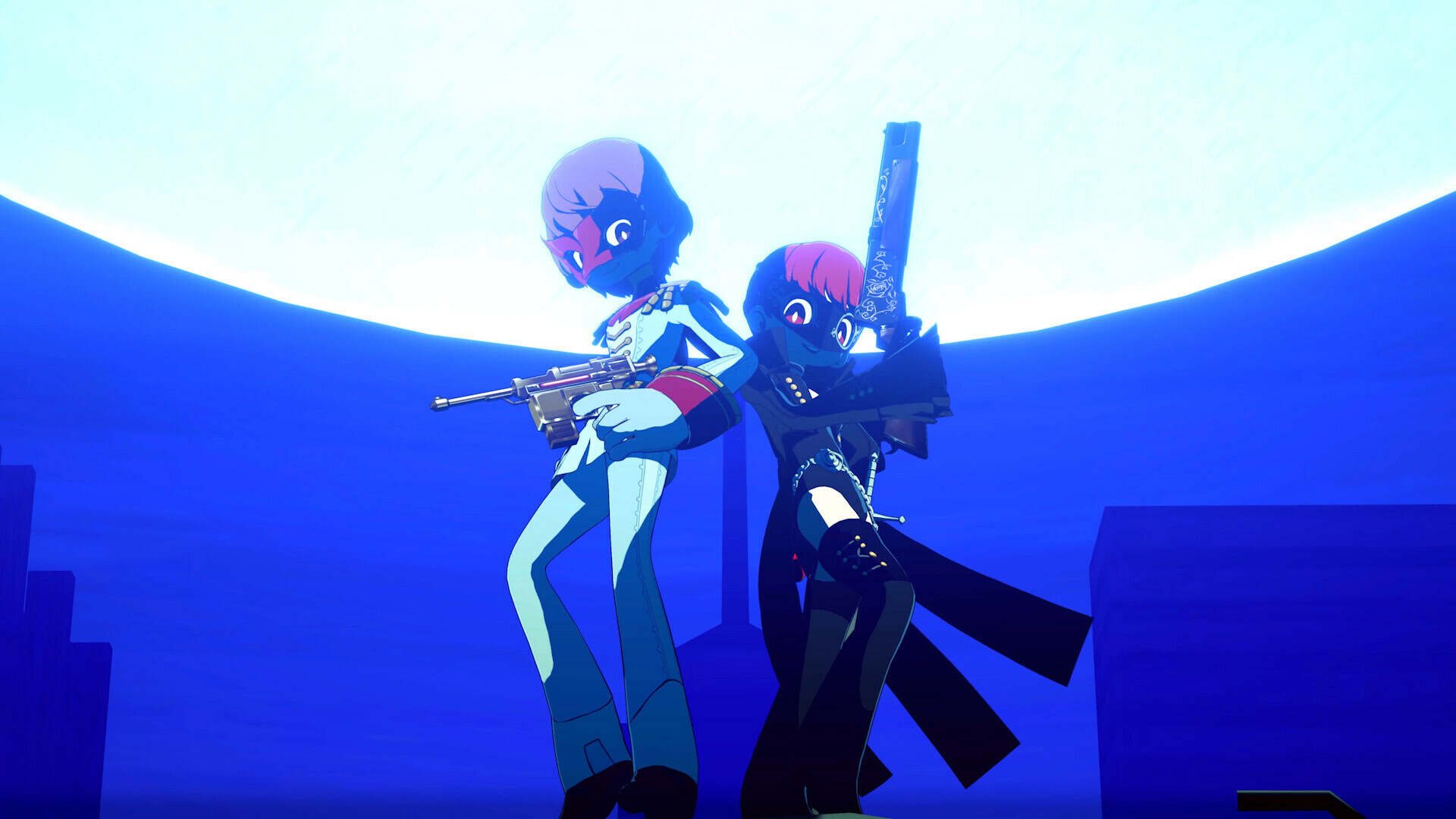
"Wait a minute, didn't we just do this game?" No, we did the base game. The DLC campaign's plot is so separate from the main campaign in terms of time frame and canonicity that it deserves its own entry here!
Where does this DLC fit into the timeline? During Persona 5, between October 29 and November 20. Like PQ2, this DLC features a party member whois only available in that time frame. This does mean that we have two spinoffs sharing a time frame again, and again, it really doesn't matter which one happened first.
Which Persona 5 game is canon to this DLC? Only Royal for once. The other character joining Joker in this DLC is a Royal exclusive, so this particular story literally cannot have occurred during vanilla P5.
Persona 5: The Phantom X

This upcoming Gacha entry in the series is kind of a giant question mark as far as canonicity is concerned. Will it reference the original Persona 5 in any way? What is its justification for bringing back certain story elements that P5 tried to retire? How do the Phantom Thieves fit into any of this? For now we can only speculate.
Where does this game fit into the timeline? 2026, according to an ingame movie poster. Which puts it so far into the future in relation to Persona 5 that it's barely relevant to the rest of the series.
Which Persona 5 game is canon to this game? Who knows? They'll probably put Royal-exclusive characters in the gacha pool, but whether Royal, or even base Persona 5, are acknowledged at all beyond that is still uncertain.
The Final Timeline
So, our final timeline of events looks something like this:
- Persona 5 (Royal): April 2016 to March 2017
- Persona Q2 / Persona 5 Tactica: Repaint Your Heart (Royal only): Sometime between October 29 and November 20, 2016
- Persona 5 Dancing All Night / Persona 5 Tactica: Sometime between December 25, 2016, and March 20, 2017
- Persona 5 Strikers: July 24 to August 28, 2017
- Persona 5: The Phantom X: 2026, if at all.
Royal is only sometimes canon, any games set inbetween the events of P5 aren't acknowledged by any of the other games and are only technically canon, and The Phantom X may not be canon at all.
Does this clear things up for you? Or are you even more confused than before? Don't worry, as I mentioned before, this timeline doesn't actually matter all that much! None of the spinoffs reference each other, so if you've played Persona 5 Royal you'll be able to jump into any of them without any issues (apart from PQ2, which kind of assumes you're also familiar with the casts of Persona 3 and 4).
Still, this is a nice demonstration of how "Everything is canon" is a slippery slope. On one hand you have series like Kingdom Hearts and Metal Gear Solid, where fans need to play dozens of games across dozens of genres and platforms to keep up with the overarching plot, and on the other hand you have Persona 5, where only 1 of the 5 spinoffs actually matters!
Let's hope that Atlus doesn't have similar plans for Persona 6.
